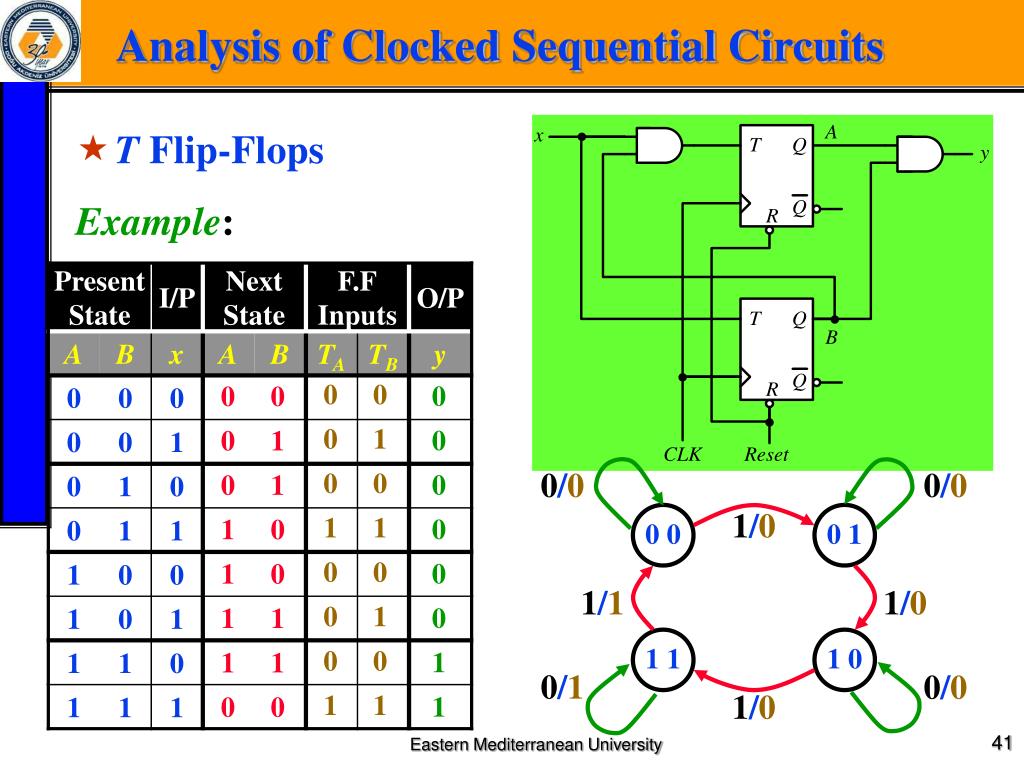

Sequential logic differs from combinatorial logic (also called combinational logic). Flip-flop circuits are interconnected to form the logic gates that comprise digital integrated circuits ( IC s) such as memory chips and microprocessors. Sequential logic is important for controlling the flow of data through your design as well as improving efficiency by allowing different sections of. There are several different kinds of flip-flop circuits, with designators such as D, T, J-K, and R-S. Asynchronous sequential circuits change their state and output values whenever a change in input. Simplify the Boolean equation with k-map Design combinational logic circuits with logic gates Differentiate combinational logic circuits and sequential logic. Now, this is much like what we discussed in combinational logic. Sequential circuits are basically combinational circuits with the additional properties of storage (to remember past inputs) and feedback. In this activity we will use the D flip-flop. If a trigger is received, the flip-flop outputs change their states according to defined rules, and remain in those states until another trigger is received. Sequential circuits can be a asynchronous or synchronous. A sequential logic circuit can have any number of inputs and any number of outputs. Thus, sequential logic requires a clock signal to control sequencing and memory and to retain previous outputs. state changes in sequential circuits only occur when the clock ticks. The flip-flop maintains its states indefinitely until an input pulse called a trigger is received. whereas sequential logic output depends on stored levels and also the input levels. A simple flip-flop has two stable states. The word Sequential means that things happen in a sequence, one after another and in Sequential Logic circuits, the actual clock signal determines when. Autumn 2010 CSE370 - XVII - Sequential Logic Examples 5 Finite string pattern recognizer (step 2) Step 2: draw state diagram for the strings that must be recognized, i.e. Each of the inputs and output(s) can attain either of two states: logic 0 (low) or logic 1 (high).Ī common example of a circuit employing sequential logic is the flip-flop, also called a bistable gate. Sequential logic is a form of binary circuit design that employs one or more inputs and one or more outputs, whose states are related by defined rules that depend, in part, on previous states.


 0 kommentar(er)
0 kommentar(er)
